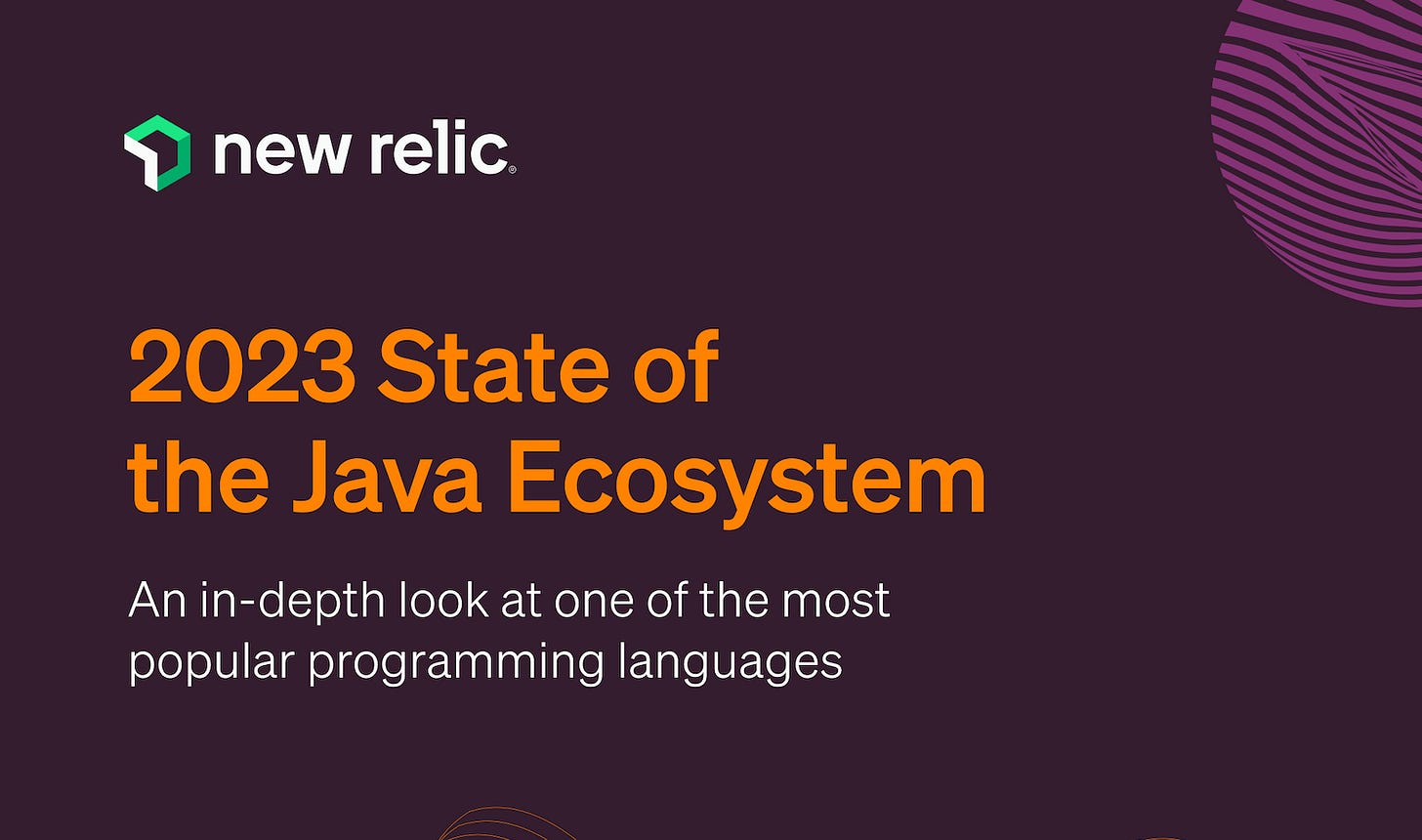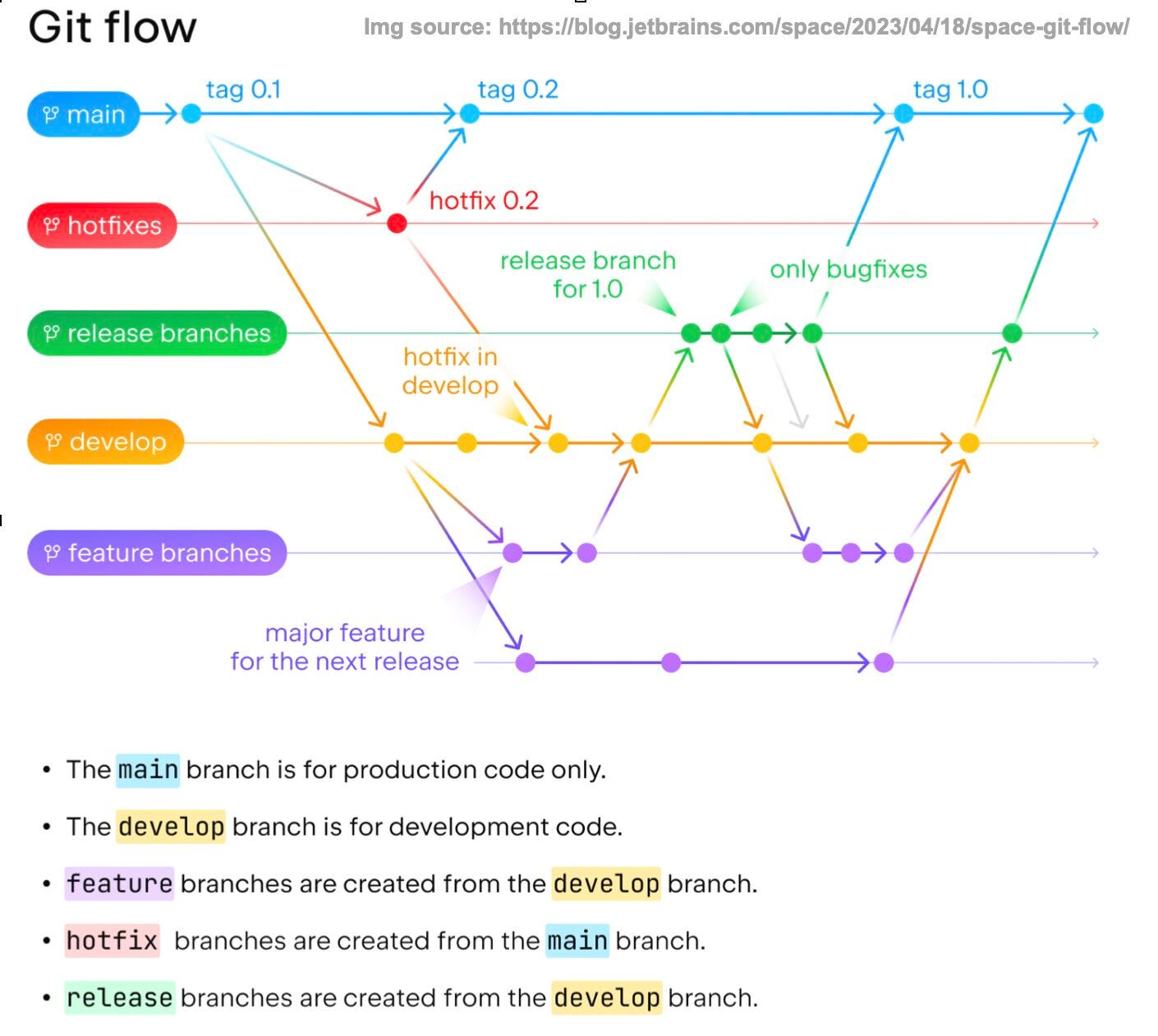EP64: How to improve API performance
This week’s system design refresher:
How Discord Stores TRILLIONS of Messages (YouTube video)
Netflix's Overall Architecture
How to improve API performance
Branching strategies
Key data terms
ByteByteGo is looking for guest posts
2023 State of the Java Ecosystem Report by New Relic (Sponsored)
Get an in-depth look at one of the most popular programming languages in New Relic's 2023 State of the Java Ecosystem report.
You’ll get insight into:
The most used Java versions in production
The most popular JDK vendors
The rise of containers
The most common heap size configurations
The most used garbage collection algorithms
Highlights from the report:
Java 17 user adoption grew 430% in one year
Java 14 is the most popular non-LTS version
Amazon is now the most popular JDK vendor
Containers rule everything around us
How Discord Stores TRILLIONS of Messages
Netflix's Overall Architecture
This post is based on research from many Netflix engineering blogs and open-source projects. If you come across any inaccuracies, please feel free to inform us.
Mobile and web: Netflix has adopted Swift and Kotlin to build native mobile apps. For its web application, it uses React.
Frontend/server communication: Netflix uses GraphQL.
Backend services: Netflix relies on ZUUL, Eureka, the Spring Boot framework, and other technologies.
Databases: Netflix utilizes EV cache, Cassandra, CockroachDB, and other databases.
Messaging/streaming: Netflix employs Apache Kafka and Fink for messaging and streaming purposes.
Video storage: Netflix uses S3 and Open Connect for video storage.
Data processing: Netflix utilizes Flink and Spark for data processing, which is then visualized using Tableau. Redshift is used for processing structured data warehouse information.
CI/CD: Netflix employs various tools such as JIRA, Confluence, PagerDuty, Jenkins, Gradle, Chaos Monkey, Spinnaker, Altas, and more for CI/CD processes.
How to improve API performance
The diagram below shows 5 common tricks to improve API performance.
Pagination
This is a common optimization when the size of the result is large. The results are streaming back to the client to improve the service responsiveness.Asynchronous Logging
Synchronous logging deals with the disk for every call and can slow down the system. Asynchronous logging sends logs to a lock-free buffer first and immediately returns. The logs will be flushed to the disk periodically. This significantly reduces the I/O overhead.Caching
We can cache frequently accessed data into a cache. The client can query the cache first instead of visiting the database directly. If there is a cache miss, the client can query from the database. Caches like Redis store data in memory, so the data access is much faster than the database.Payload Compression
The requests and responses can be compressed using gzip etc so that the transmitted data size is much smaller. This speeds up the upload and download.Connection Pool
When accessing resources, we often need to load data from the database. Opening the closing db connections add significant overhead. So we should connect to the db via a pool of open connections. The connection pool is responsible for managing the connection lifecycle.
Over to you: What other tricks do you use to improve API performance?
What branching strategies does your team use?
Teams often employ various branching strategies for managing their code, such as Git flow, feature branches, and trunk-based development.
Out of these options, Git flow or its variations are the most widely favored methods. The illustration by Jetbrains explains how it works.
Data is used everywhere, but do you know all the commonly used data terms?
Data Warehouse: A large, structured repository of integrated data from various sources, used for complex querying and historical analysis. \
Data Mart: A more focused, department-specific subset of a data warehouse providing quick data retrieval and analysis.
Data Lake: A vast pool of raw, unstructured data stored in its native format until it's needed for use.
Delta Lake: An open-source storage layer that brings reliability and ACID transactions to data lakes, unifying batch, and streaming data processing.
Data Pipeline: A process that moves and transforms data from one system to another, often used to populate data warehouses and data lakes.
Data Mesh: An architectural and organizational approach where data ownership and delivery are decentralized across domain-specific, cross-functional teams.
Over to you: do you know the difference between a data engineer and a data scientist?
ByteByteGo is looking for guest posts/authors
I’m looking for guest posts/authors for ByteByteGo's social media or newsletter (> 1.5 million audiences).
ByteByteGo's social media channels reach an extensive audience of over 1.5 million individuals worldwide.
Qualifications:
The ideal person will have read and heard enough of our content and can explain complex technical topics with simple illustrations.
Proficient research skills in a subject you are knowledgeable about.
Ability to cover topics that appeal to a wide audience. This is important.
Submit your pitch here.







Other ways of improving API performance:
- Avoiding the thread-per-request model and using an event loop instead. Using non-blocking APIs whenever possible on the backend.
- Offer filtering and field projection capabilities in your API. This way, your clients will only fetch the data they're interested in, avoiding overfetching.
- For larger payloads, using HTTP chunked encoding or gRPC streaming to transfer data piece by piece.
- Be careful with pagination with SQL databases as limit and offset operations are costly. See: https://stackoverflow.com/questions/4481388/why-does-mysql-higher-limit-offset-slow-the-query-down
- Limit the number of requests. Use batching instead.
- Make sure HTTP/2 is enabled.
- JSON parsing is costly. Switch to binary formats like Protobuf.
- Use PATCH instead of PUT to update just a subset of the resource.
PS. Subscribe to my free newsletter that delivers a collection of links to the latest engineering blog posts from Big Tech companies and startups twice a month: https://bigtechdigest.substack.com/
I think the definitions provided in data key terms for data lake and data mart are different in picture and text description